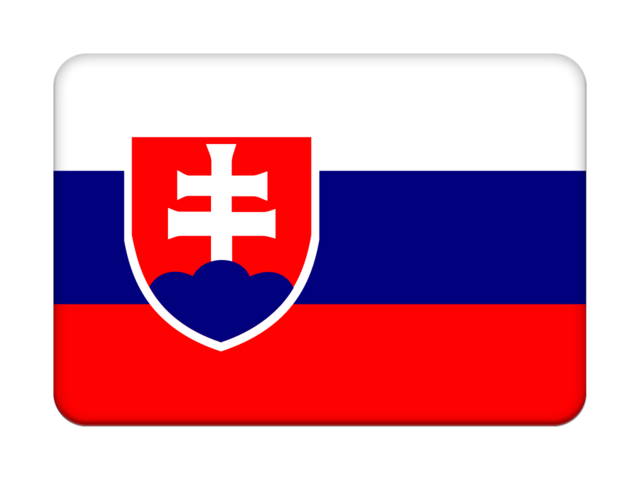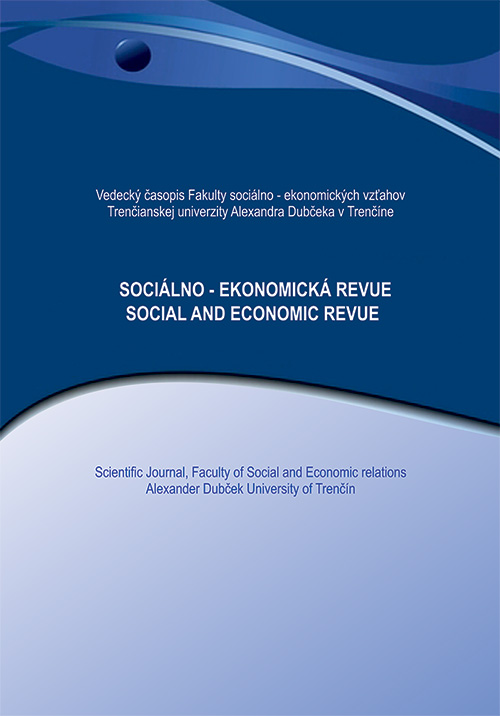THE RELATIONSHIP AMONG COLLABORATION-ORIENTED MANAGERIAL ENVIRONMENT, JOB SATISFACTION, AND WORKPLACE CREATIVITY
The objective of this study is to explore the relationship among collaboration-oriented managerial environment as the main condition for organizational innovation, employee job satisfaction and workplace creativity, using the microdata of the sixth (2015) European Working Conditions Survey. The analysis was carried out only for the private sector. The results of the canonical correlation analysis showed a positive moderate correlation between the scales of the collaboration-oriented managerial environment and job satisfaction for the Nordic and CEE country groups. The results indicated also a positive moderate correlation between workplace creativity and employee job satisfaction. A weak-moderate positive correlation has been found between the collaboration-oriented managerial environment and workplace creativity in both country groups. There was no considerable difference found in the strength of the intercorrelations among the study scales for Nordic and CEE countries. The study concludes that the managers need to realize the importance of creativity-supporting, inclusive and challenging working environment for enhancing the level of job satisfaction.
Release: 2019/3 Pages: 5-19 JEL classification: J28, J53, M54
DOI:
Keywords: collaboration-oriented managerial environment, job satisfaction, workplace creativity, canonical correlation analysis
Section:
Contacts:
Igor Borisov, PhD Candidate
Doctoral School of Management and Business Administration in Szent István University (Hungary).
Address, e-mail: Igor.Borisov@phd.uni-szie.hu
Sergey A. Vinogradov, PhD (in business and management), Associate Professor, Head of the Department of Methodology for Economic Analysis
Faculty of Economic and Social Sciences, Institute of Economics, Law and Methodology
Address, e-mail: Vinogradov.Szergej@gtk.szie.hu
Literature:
Amabile, T. M. (1988). A model of creativity and innovation in organizations. Research in organizational behavior, 10(1), 123-167.
Amabile, T. M. (1993). Motivational synergy: Toward new conceptualizations of intrinsic and extrinsic motivation in the workplace. Human resource management review, 3(3), 185-201.
Amabile, T. M. (1997). Motivating creativity in organizations: On doing what you love and loving what you do. California management review, 40(1), 39-58.
Amabile, T. M., Conti, R., Coon, H., Lazenby, J., & Herron, M. (1996). Assessing the work environment for creativity. Academy of management journal, 39(5), 1154-1184.
Amabile, T., & Gryskiewicz, S. S. (1987). Creativity in the R&D laboratory. Center for Creative Leadership.
Amabile, T.M. (1983). The social psychology of creativity. New York: Springer-Verlag.
Andrews, F. M., & Farris, G. F. (1972). Time pressure and performance of scientists and engineers: A five-year panel study. Organizational Behavior and Human Performance, 8(2), 185-200.
Appelbaum, S. H. (1997). Socio-technical systems theory: an intervention strategy for organizational development. Management decision, 35(6), 452-463.
Borisov, I., & Vinogradov S. (2019): The Effect of Collaboration-Oriented Managerial Environment on Employee Job Satisfaction. VADYBA: Journal of management 2(35), 39-48.
Breaugh, J. A. (1985). The measurement of work autonomy. Human relations, 38(6), 551-570.
Bunce, D., & West, M. (1994). Changing work environments: Innovative coping responses to occupational stress. Work & Stress, 8(4), 319-331.
Clark, A. E. (1997). Job satisfaction and gender: why are women so happy at work?. Labour economics, 4(4), 341-372.
Drucker, F. P. (1985). Innovation and entrepreneurship: practice and principles (Vol. 1–1). London, Royaume-Uni: Heinemann.
Fischer, G., & Herrmann, T. (2011). Socio-technical systems: a meta-design perspective. International Journal of Sociotechnology and Knowledge Development (IJSKD), 3(1), 1-33.
Ford, C. M. (1996). A theory of individual creative action in multiple social domains. Academy of Management review, 21(4), 1112-1142.
Galbraith, J. R. (1982). Designing the innovating organization. Organizational dynamics, 10(3), 5-25.
Gallie, D. (2013). Direct participation and the quality of work. Human Relations, 66(4), 453-473.
Gallie, D., & Zhou, Y. (2013). Work organisation and employee involvement in Europe [Report] Publications Office of the European Union, Luxembourg, 2013.
Ghai, D. (2003). Decent work: Concept and indicators. International Labour Review, 142(2), 113-145.
Gollan, P. J., & Markey, R. (2001). Conclusions: Models of diversity and interaction, Ashgate Publishing.
Holman, D. (2013). Job types and job quality in Europe. Human Relations, 66(4), 475-502.
Janssen, O. (2000). Job demands, perceptions of effort‐reward fairness and innovative work behaviour. Journal of Occupational and organizational psychology, 73(3), 287-302.
Kalleberg, A. L., Nesheim, T., & Olsen, K. M. (2009). Is participation good or bad for workers? Effects of autonomy, consultation and teamwork on stress among workers in Norway. Acta Sociologica, 52(2), 99-116.
Kanter, R. M. (1988). When a thousand flowers bloom: Structural, collective, and social conditions for innovation in organizations. Knowledge Management and Organisational Design, 10, 93-131.
Karasek R and Theorell T (1990) Healthy work: Stress, productivity and the reconstruction of work life. New York: Basic Books.
Knudsen, H., Busck, O., & Lind, J. (2011). Work environment quality: The role of workplace participation and democracy. Work, Employment and Society, 25(3), 379-396.
Makó, C., Illéssy, M., & Borbély, A. (2018). Creative workers in Europe: is it a reserve of the ‘Would-Be Entrepreneurs’? A cross country comparison. Entrepreneurship and Local Economic Development (pp. 204-225). Routledge.
Marchington, M., & Wilkinson, A. (2000). Direct participation. Personnel management, 3.
Mumford, M. D., Scott, G. M., Gaddis, B., & Strange, J. M. (2002). Leading creative people: Orchestrating expertise and relationships. The leadership quarterly, 13(6), 705-750.
Rousseau, D. M. (1977). Technological differences in job characteristics, employee satisfaction, and motivation: A synthesis of job design research and sociotechnical systems theory. Organizational Behavior and Human Performance, 19(1), 18-42.
Staw, B. M. (1975). Attribution of the “causes” of performance: A general alternative interpretation of cross-sectional research on organizations. Organizational Behavior and Human Performance, 13(3), 414-432.
Witt, L. A., & Beorkrem, M. N. (1989). Climate for creative productivity as a predictor of research usefulness and organizational effectiveness in an R&D organization. Creativity Research Journal, 2(1-2), 30-40.
Woodman, R. W., Sawyer, J. E., & Griffin, R. W. (1993). Toward a theory of organizational creativity. Academy of management review, 18(2), 293-321.


